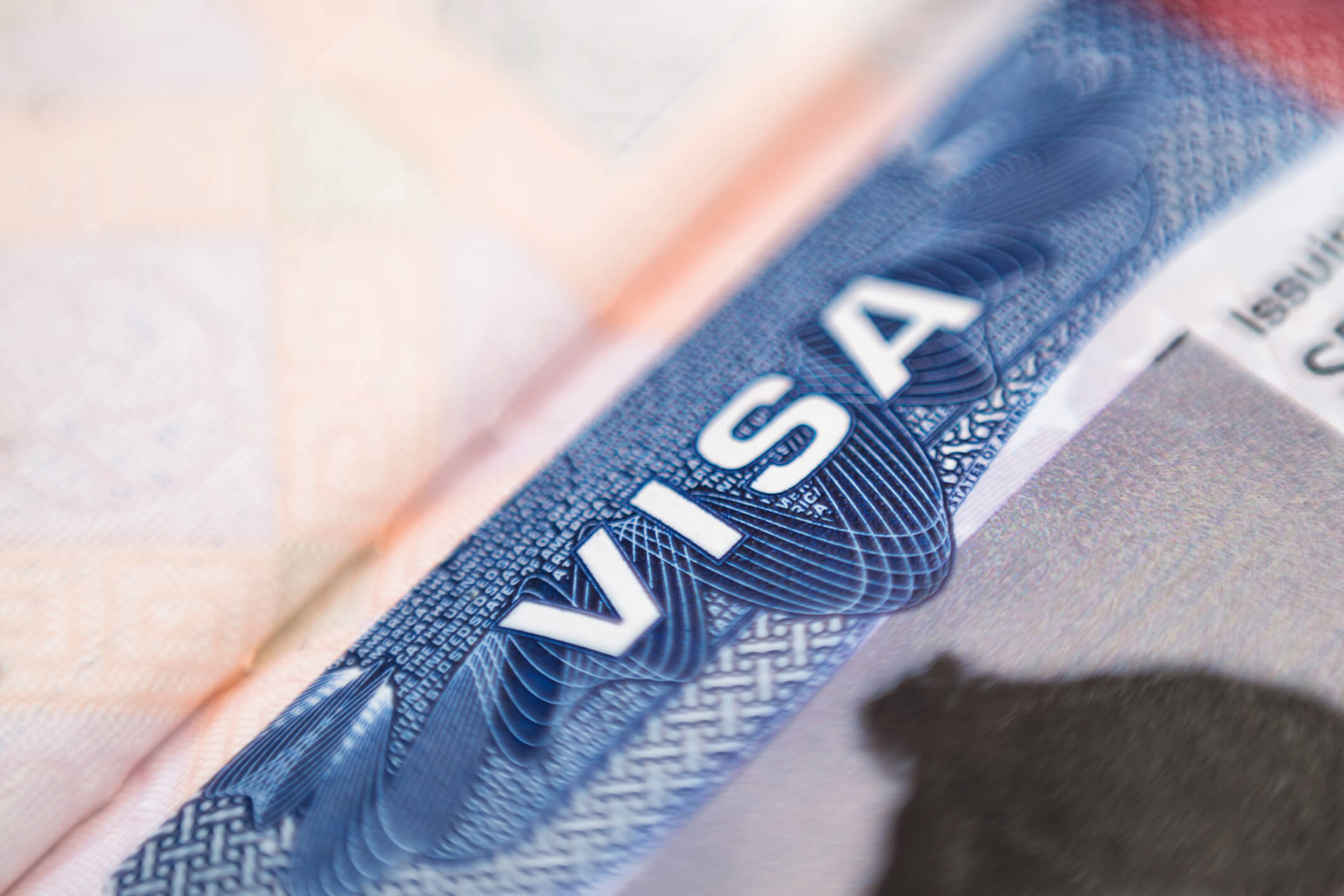The initiative to defer the deportation of eligible young persons without lawful immigration status was officially implemented on August 15, 2012, when the U.S. Citizenship and Immigration Services (USCIS) began accepting applications for “deferred action.” Deferred action is a determination to defer the removal (deportation) of an individual as an act of prosecutorial discretion. The new program took effect 60 days after the Department of Homeland Security’s (DHS) announcement, on June 15, 2012, that it would stop deporting and begin granting work permits to those immigrants who unlawfully entered or remained in the United States as children, have since led law-abiding lives, do not pose a security threat, and would otherwise be eligible for the so-called “DREAM” Act, which is currently stalled in Congress.
As we reported in the June 2012 issue of the Immigration eAuthority, eligible immigrants may request deferred action to remain in the United States for a renewable period of two years and will be able to apply for work authorization. The deferred action offer will be available to those in deportation proceedings, as well as to those who apply to DHS. However, deferred action confers no temporary or permanent immigration status, nor does it provide a path to permanent residence. Although a person granted deferred action will not accrue unlawful presence in the United States during the period deferred action is in effect, deferred action does not absolve individuals of any previous or subsequent periods of unlawful presence.
DHS officials assert that the program is part of the administration’s efforts to efficiently use enforcement resources by focusing on deporting convicted criminals while avoiding expenditures on low priority cases, such as non-criminals who came to the country as children and meet other key criteria.
Eligibility for Deferred Action for Childhood Arrivals
Applicants for deferred action must be under the age of 31 and have entered or been brought to the United States before reaching the age of 16. They must have maintained continuous residence in the United States for at least five years as of June 15, 2012 (the date when this administrative action took effect) and must have been physically present in the United States on that date. Applicants must further establish that they are currently enrolled in school, have graduated from high school or obtained a GED certificate, or are honorably discharged veterans. An immigrant convicted of a felony offense, a significant misdemeanor offense, or three or more other misdemeanors will be rejected, as will anyone deemed to pose a threat to U.S. national security or public safety.
Processing Guidelines
Applicants for deferred action must complete the new USCIS Form I-821D, Consideration of Deferred Action for Childhood Arrivals, which must be filed concurrently with Form I-765, Application for Employment Authorization and Form I-765WS, Worksheet, evidencing an economic need for employment. These forms must be filed, along with documentary evidence of eligibility for deferred action, at the USCIS lockbox facility with jurisdiction over the applicant’s place of residence and a $465 government filing fee.
Following receipt of the application, USCIS will issue a receipt notice and appointment notice to appear at an agency Application Support Center for biometrics collection. As part of the adjudication process, some applicants may be required to submit additional information or evidence or appear in-person at a USCIS office. The application will then be reviewed for approval or denial. USCIS has indicated that it will take several months to process and adjudicate deferred action applications. This increased demand may impact the processing of other cases.
Ogletree Deakins is monitoring the implementation of the deferred action program and will provide additional information as it becomes available. Should you have any questions, please contact the Ogletree Deakins attorney with whom you normally work.



